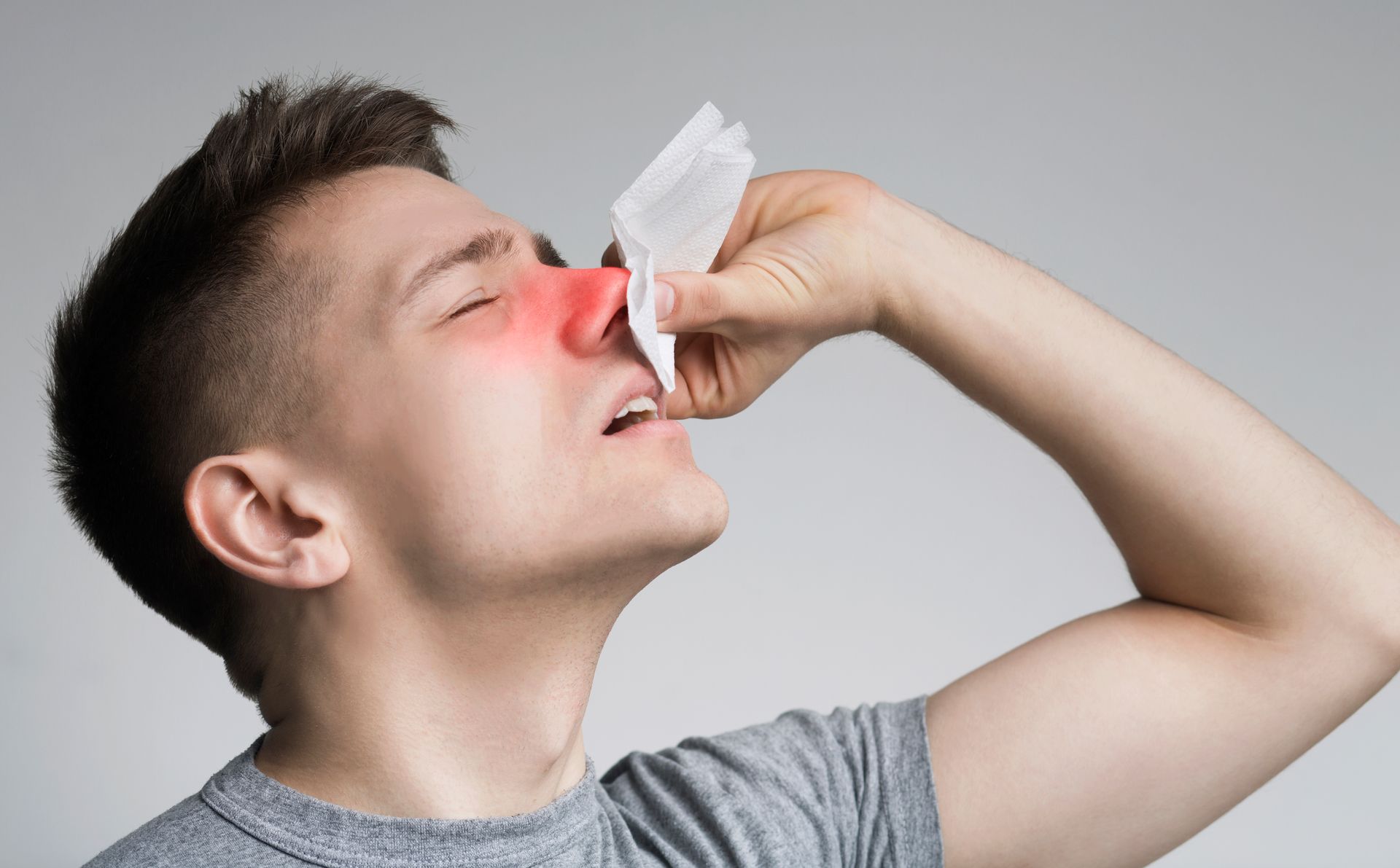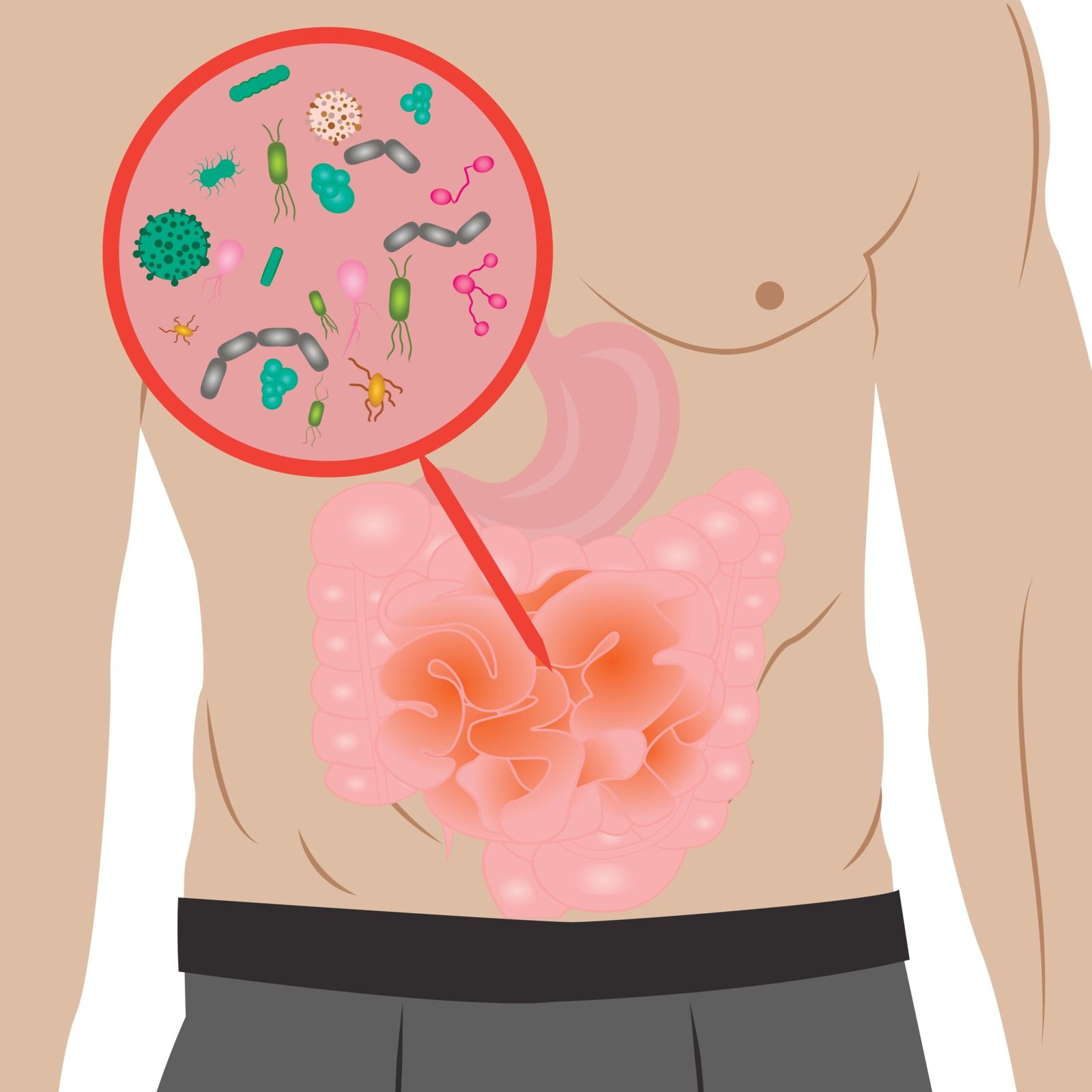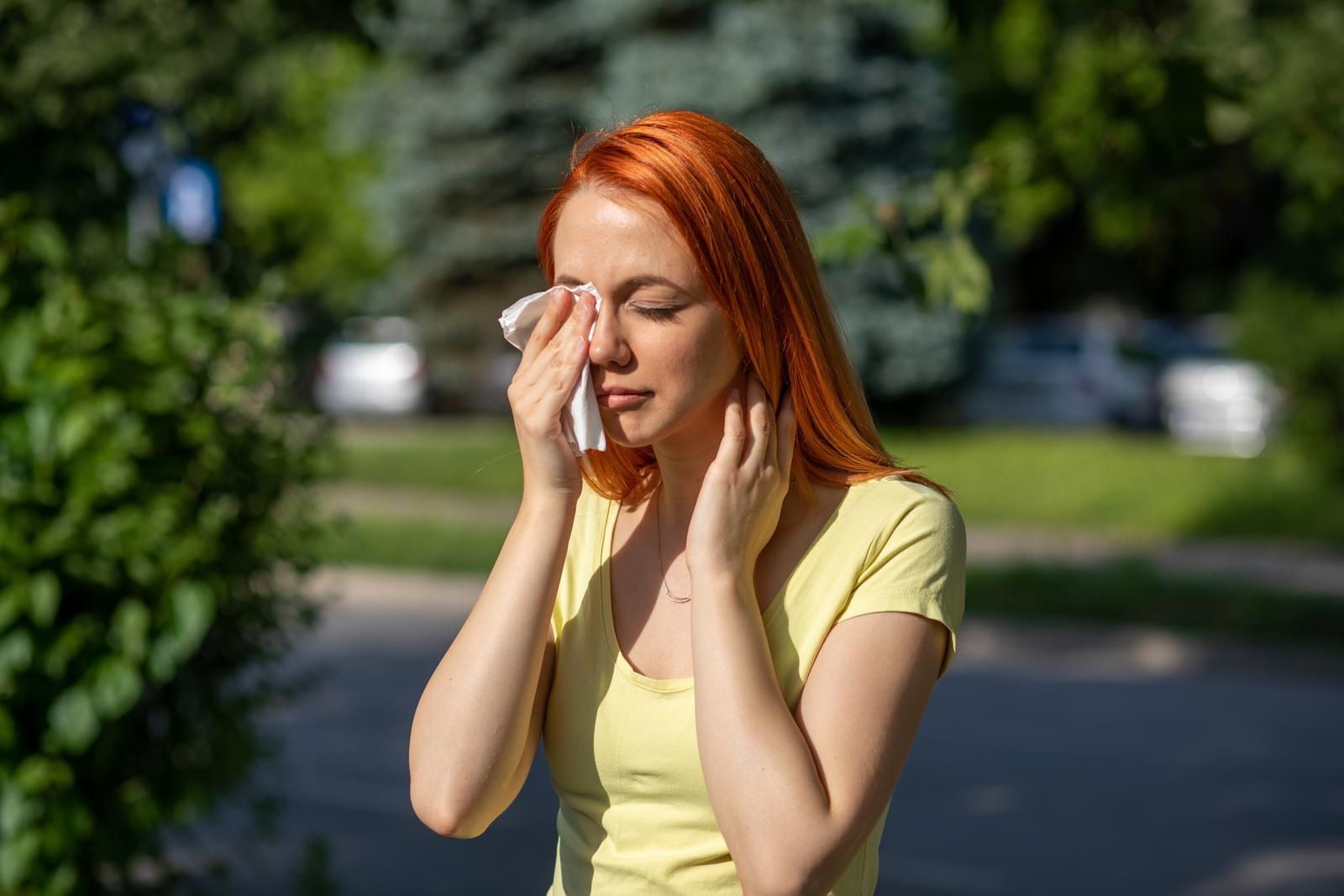Otologic Allergies: A Brief Introduction
Otology is the biological study of ear alterations and diseases. Otologic allergies are the type of allergies that affect the ears. The most common otologic allergies are seasonal allergies, especially hay fever, which can cause ear sensitivity and pain.
Multidisciplinary Snot Force Alliance Webcast with Otolaryngologist Dr. Ilka Naumann
The recent Snot Force Assemble! CME webcast explored Otologic Allergy with Dr. Ilka Naumann of Michigan Ear Institute. Multiple specialties, including allergists, otolaryngologists, and pulmonologists, were on hand to discuss how allergies affect the ears.
Read on to learn more about otologic allergies and how you can find treatment.
Can Allergies Affect Your Ears?
Quite often, seasonal allergies can cause many symptoms, including ear fullness. This is often due to how the ear functions. The Eustachian tube found in the middle ear acts similarly to a drainage tube, so when mucus clogs the ear, the drainage cannot happen. This causes pressure to build and leaves you feeling uncomfortable and stuffy.
Itching is another common side effect of an allergic reaction that affects the ears. The inner ear is also filled with fluid. If that fluid becomes infected, you can experience dizziness, a ringing in the ear, or loss of balance. You may also experience short-term hearing loss due to an allergic reaction. Luckily the hearing loss is temporary and often subsides when the allergies do.
Another common result of allergic reactions can be middle ear infections, especially in younger children. If they occur often, allergy tests are recommended to find the root cause and prevent further instances of infection.
How Can You Treat Otologic Allergies?
Most over-the-counter (OCT) allergy-relieving medicines can help ease allergy symptoms, including those caused by otologic allergies. Antihistamines and decongestants can help treat symptoms. These are some OTC antihistamines used to treat allergy symptoms:
● loratadine (Alavert, Claritin)
● fexofenadine (Allegra)
● diphenhydramine (Benadryl)
● chlorpheniramine (Chlor-Trimeton)
● levocetirizine (Xyzal)
● cetirizine (Zyrtec)
Pain medication can aid those suffering from earache. Resting in an upright position instead of lying down can also help reduce pressure in the middle ear. Chewing gum can help ease pressure as well.
There are many ways to help relieve symptoms of otologic allergies, including antihistamines, nasal steroid sprays, and decongestants. However, doctors can help by diagnosing any underlying problems and tailoring the treatment plan.
At Snot Force Alliance Inc, we make it our goal to share knowledge on nose, sinus, and airway conditions, including associated ear conditions. We host free CME webcasts and bring specialists together to promote collaboration opportunities for medical professionals and organizations. You can contact us by visiting our website.













